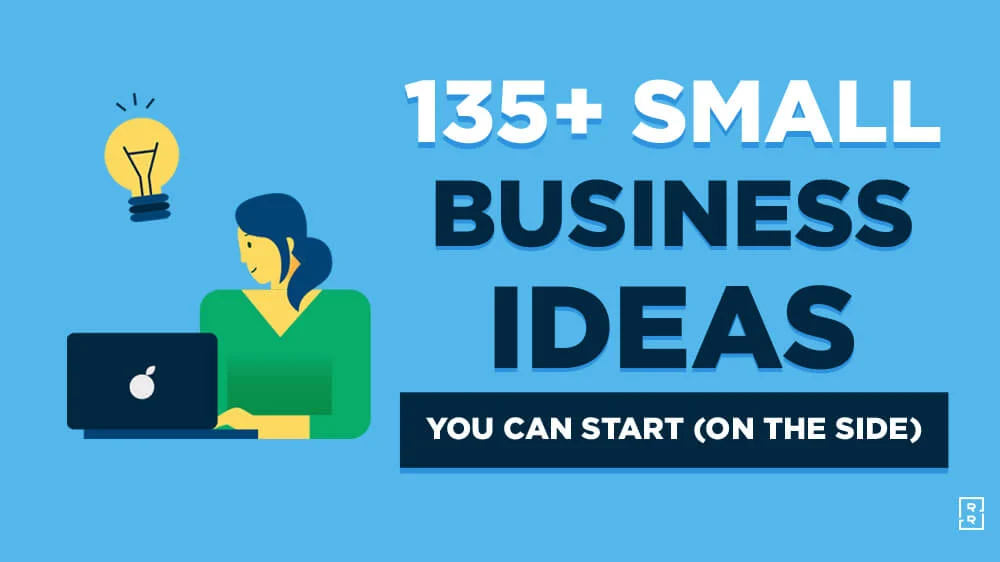Friends, read this post if you want to know everything there is to know about the Roadset Business. One of the crucial things to consider when beginning a business is the road plan. This comprehensive manual emphasises the value of a business roadmap and how it may help your entrepreneurial journey be successful. This article offers you insightful thoughts and practical tactics to succeed in a demanding and cutthroat business environment, whether you’re an experienced business owner or an aspiring entrepreneur.
Understanding the Roadset Business
The term “road-set business” describes the methodical formulation and implementation of a business strategy. It entails systematically identifying the objectives, goals, and steps needed to succeed. Consider it a road map for entrepreneurs to follow as they negotiate the challenges of the business world. Making wise judgements and maintaining focus on the route to success requires a solid road map for the firm.
Why Roadset Business Matters
A solid road map for business is crucial for several reasons. Firstly, it provides a clear direction for your business, ensuring that everyone involved is aligned with the goals and objectives. It helps you stay organised and prioritise tasks effectively. Additionally, a road-map business plan helps attract potential investors, as it demonstrates your commitment and strategic thinking. Moreover, it allows you to identify potential risks and develop contingency plans to mitigate them.
Building a Solid Roadset Business Strategy
It’s necessary to apply a systematic approach if you want to establish a solid business strategy. To know more about the market, competition, and industry, start by conducting in-depth market research and analysis. Determine the distinctive value you offer that distinguishes you from your competitors. Establish SMART (specific, measurable, achievable, relevant, and time-bound) corporate objectives and goals. To successfully reach your target demographic, create a thorough marketing and sales strategy. Make an operational plan, including the steps, materials, and timetables necessary for efficient business operations. Finally, make arrangements for the money and materials needed to carry out your roadset business strategy successfully.
Key Components of a Roadset Business Plan
A well-structured roadset business plan consists of several key components. These include an executive summary, company description, market analysis, organisation and management structure, product or service line, marketing and sales strategy, operational plan, financial projections, and risk analysis. Each component plays a vital role in shaping your business strategy and ensuring its feasibility.
Conducting Market Research and Analysis
Before embarking on your roadset business journey, it’s crucial to conduct comprehensive market research and analysis. This step aids in your comprehension of your target market as well as the identification of market trends, rival assessments, and customer demands and preferences. By acquiring insightful information, you may successfully adjust your products or services to satisfy market demands.
Identify Target Market and Customer Segment
You must have a comprehensive understanding of your target market and consumer groups for your marketing and sales operations to be successful. Establish the traits (demographic, psychographic, and behavioural) of your ideal customers. You can use this information to develop customised marketing messages and run targeted campaigns to reach the appropriate demographic. You may provide excellent value and create enduring relationships by being aware of your clients’ requirements and preferences.
Crafting a unique Value proposition
Your business stands out from competitors due to its unique value proposition (UVP). It emphasises the special advantages and values that your goods or services provide to customers. Create a convincing UVP that explains how your business meets the needs, satisfies the wants, or enhances the lives of its customers. A compelling UVP distinguishes you from the competition and draws clients who identify with your brand.
Establishing Business Objectives and Goals
Business objectives and goals offer the road to success. Establish defined goals that are connected with your more inclusive vision. These objectives must be achievable and measurable within a given time frame. Separate them into attainable objectives, and track your advancement frequently. By establishing specific objectives and goals, you give your staff a sense of direction and purpose.
Developing a Marketing and Sales Strategy
An effective marketing and sales strategy is vital for promoting your products or services and generating revenue. Identify the most appropriate marketing channels and tactics to reach your target audience. Create an engaging brand message, and use digital marketing tools like search engine optimisation (SEO), social media marketing, content marketing, and email campaigns to improve your online visibility. Combine these initiatives with a sales strategy that prioritises relationship development, outstanding customer service, and increasing conversions.
Creating an operational plan
An operational plan covers the ongoing procedures, materials, and schedules necessary to keep your company operating successfully. It comprises elements like supply chain management, customer service, human resources, and technological infrastructure, as well as features like production or service delivery. Effectiveness, quality control, and customer happiness are all guaranteed by a clearly defined operational plan.
Securing Funding and Resources
To bring your roadset business plan to life, you need adequate funding and resources. Explore various funding options such as personal savings, loans, grants, angel investors, or venture capital. Create a detailed financial projection that outlines the costs, revenues, and profitability expectations. Communicate your business’s potential and value proposition to attract potential investors or secure loans from financial institutions.
Implementing the Roadset Business Plan
With a solid roadset business plan in place, it’s time to put it into action. Assign responsibilities, set timelines, and ensure effective communication within your team. Execute your marketing and sales strategies, monitor operational processes, and track key performance indicators (KPls). Regularly review and adjust your plan as needed changes.
Monitoring Progress and Making Adjustments
Continuous monitoring of your business’s progress is vital for identifying strengths, weaknesses, and areas of improvement. Regularly analyze financial reports, sales data, customer feedback, and market trends. Use this information to make data-driven decisions and refine your strategies accordingly. Stay adaptable and open to change to remain competitive in the dynamic business environment.
Overcoming Challenges and Adapting to Change
Challenges and changes are unavoidable in the corporate environment. Long-term success requires the capacity to overcome challenges and adjust to changing conditions. Be ready to take on obstacles head-on, look for creative solutions, and absorb failures. Adopt a growth mentality and promote a culture of ongoing learning and development within your company.
Conclusion
A successful business establishment demands meticulous planning and execution. You can confidently traverse the difficulties of the entrepreneurial journey by putting into practise a well-defined roadset business strategy. Don’t forget to perform in-depth market research, choose your target audience, develop a distinctive value proposition, and set precise objectives and targets. Make an operating strategy, develop thorough marketing and sales strategies, and get the financing and resources required. Follow your progress, be flexible when things change, and get past obstacles as you go. You may position yourself for long-term success in the cutthroat business environment by adhering to these guidelines.
FAQs (Frequently Asked Questions)
(1) Q: How can I conduct effective market research for my roadset business?
A: Effective market research involves analyzing industry trends, assessing competitors, and understanding customer needs and preferences. Utilize various research methods such as surveys, focus groups, and data analysis to gather valuable insights.
(2) Q: What makes a strong unique value proposition (UVP)?
A: A strong UVP clearly communicates the unique benefits and value your business offers to customers. It should address their pain points, desires, or aspirations and differentiate your brand from competitors.
(3) Q: How can I secure funding for my roadset business?
A: Explore funding options such as personal savings, loans, grants, angel investors, or venture capital. Create a compelling business plan and financial projection to attract potential investors or secure loans from financial institutions.
(4) Q: How often should I review and adjust my roadset business plan?
A: Regularly review your roadset business plan and adjust it as needed. Monitor key performance indicators, market trends, and customer feedback to stay agile and responsive to changes in the business environment.
(5) Q: what should I do when facing challenges in my roadset business?
A: When dealing with difficulties, be proactive, look for creative solutions, and take lessons from mistakes. Develop a culture of ongoing learning and progress within your company by adopting a growth mindset.
READ MORE – High-Rich Business Plan







